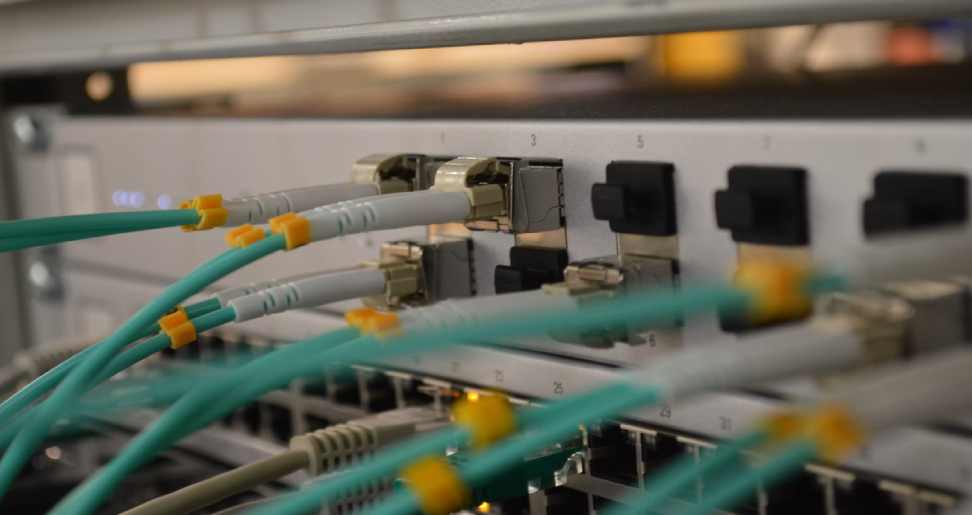In today’s digital age, where connectivity is key to both personal and professional life, choosing the right internet service can significantly impact your experience. Among the various options available, fiber internet stands out as a cutting-edge solution that offers unparalleled speed and reliability. Understanding what fiber internet entails and how to choose the best service for your needs is crucial for making an informed decision.
What is Fiber Internet?
Fiber internet, also known as fiber-optic broadband, utilizes fiber-optic cables made of thin strands of glass or plastic to transmit data at the speed of light. This technology enables faster and more reliable internet connections compared to traditional methods like DSL (Digital Subscriber Line) or cable broadband. The key benefits of fiber internet include:
- High Speeds: Fiber-optic cables can deliver speeds ranging from 100 Mbps to 1 Gbps (Gigabit per second) and even higher. This allows for seamless streaming, rapid downloads/uploads, and smooth online gaming experiences.
- Reliability: Fiber optic cables are less prone to interference and signal degradation over long distances, ensuring consistent performance even during peak usage times.
- Symmetrical Speeds: Unlike other types of internet connections, fiber internet typically offers symmetrical speeds for uploads and downloads. This is especially beneficial for businesses and individuals who frequently transfer large files or utilize cloud services.
- Future-Proof Technology: Fiber optics is considered the technology of the future due to its capability to handle increasing bandwidth demands driven by emerging technologies like virtual reality (VR), augmented reality (AR), and the Internet of Things (IoT).
Factors to Consider When Choosing Fiber Internet
- Availability: Fiber internet availability varies by location. While major urban areas often have extensive coverage, rural and remote locations may have limited or no access to fiber-optic networks. Check with local providers to determine availability in your area.
- Speed Requirements: Assess your internet usage patterns to determine the appropriate speed tier. For basic web browsing and streaming, lower speeds may suffice, whereas activities like 4K video streaming or online gaming may require higher speeds.
- Service Providers: Research and compare fiber internet providers in your area. Consider factors such as pricing, contract terms, customer reviews, and additional services like bundled TV or phone packages.
- Installation Process: Installation of fiber internet may involve setting up new equipment and potentially rewiring parts of your home or office. Check with the provider about installation costs, timeframe, and any disruptions to your current service.
- Customer Support: Reliable customer support is crucial for resolving any issues or technical difficulties that may arise. Look for providers known for responsive customer service and technical support.
- Cost: Compare pricing structures, including monthly fees, installation costs, and any additional charges such as equipment rental or early termination fees. Some providers offer introductory discounts or promotional offers for new customers.
- Future Expansion: Consider the scalability of the service, especially if you anticipate increasing your internet usage or adding more devices in the future. Ensure that the chosen plan can accommodate your evolving needs without significant upgrades.
Making the Decision
Choosing fiber internet involves evaluating your current and future internet requirements alongside the offerings and reliability of available service providers. While the initial investment in fiber internet may be higher than other options, the long-term benefits in terms of speed, reliability, and future-proofing your connectivity make it a worthwhile consideration for both residential and business users.
By understanding the technology behind fiber internet and considering key factors such as availability, speed requirements, provider reliability, and cost, you can make an informed decision that enhances your online experience and supports your digital lifestyle or business operations effectively. Whether you’re streaming movies in HD, conducting virtual meetings, or running a cloud-based business, fiber internet ensures you stay connected at the speed of light.
Read more:
- What is a Twitch Verification Code? Your Guide to Account Security
- Unveiling the Enigma: Sourabh Chandrakar – A Journey Through Success
- Unveiling the Power and Excitement of Mahadev Betting App: A Deep Dive into Online Betting Innovation


